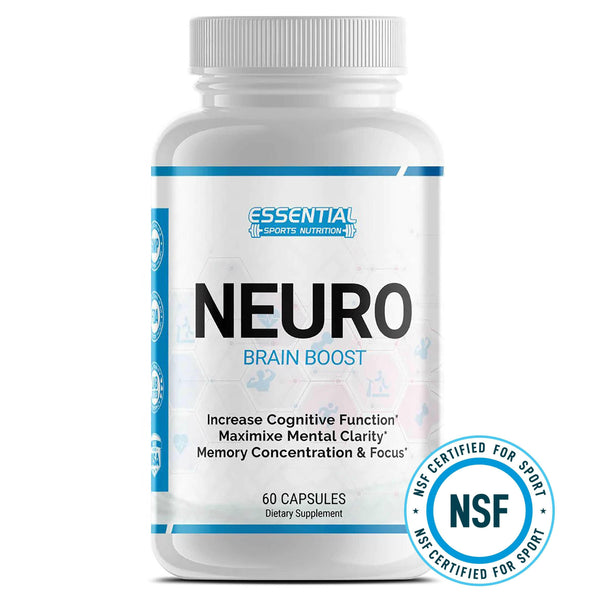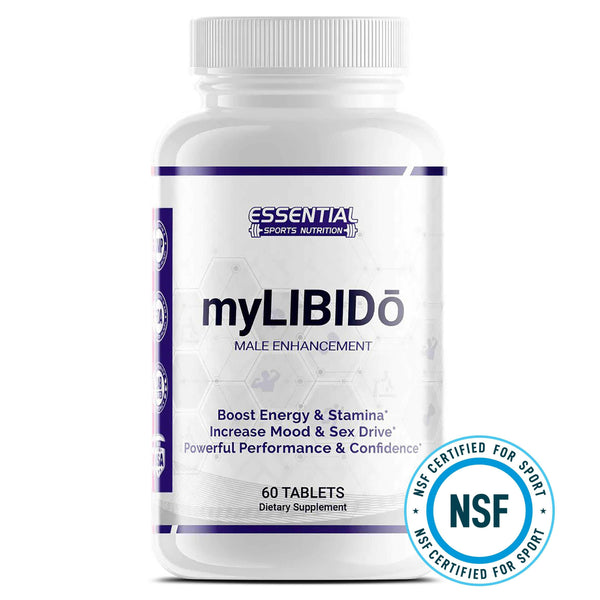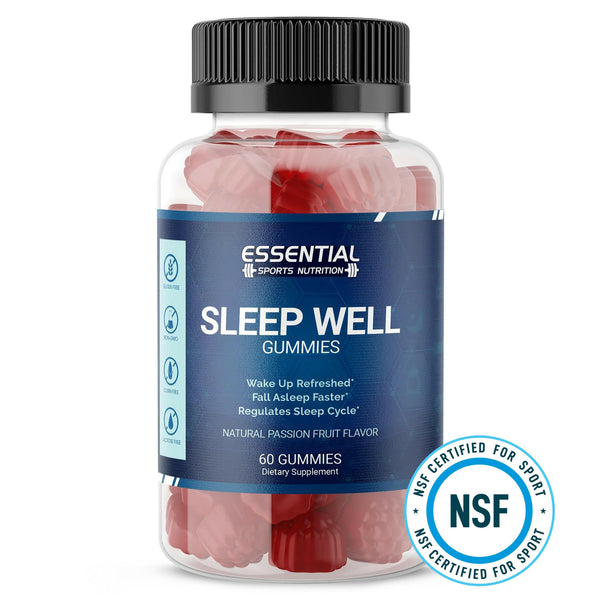Effects of Cooking Methods on Nutrient Retention in Selected Vegetables
When you cook your food, you're affecting the availability of essential vitamins. Heat can greatly reduce the bioavailability of sensitive nutrients, like vitamin C and folates, especially in high-temperature cooking methods such as frying. However, steaming tends to preserve more of these nutrients compared to boiling, as it minimizes nutrient loss. Microwaving also maintains a better nutrient profile, effectively preserving vitamins like C, carotenoids, and phenolics. The method of cooking you choose can either enhance or diminish the nutritional quality of your food, depending on the vitamin types and cooking conditions. You might find it beneficial to compare different cooking methods for optimum nutrient retention.

Key Takeaways
Heat exposure, especially from boiling and frying, reduces the bioavailability of sensitive vitamins like vitamin C and folate.
Steaming preserves more nutrients compared to boiling, which is particularly beneficial for water-soluble vitamins.
Microwaving efficiently maintains nutrients such as vitamin C, carotenoids, and phenolics, with minimal nutrient loss.
Cooking methods like roasting and baking can enhance the absorption of fat-soluble vitamins by pairing them with healthy fats.
Raw foods generally retain more nutrients, offering higher bioavailability than their cooked counterparts.
Vitamin Sensitivity to Heat
When cooking, it's important to remember that heat can greatly reduce the bioavailability of vitamins such as vitamin C and folate. These nutrients are particularly sensitive to heat, and their degradation during cooking can greatly impact their health benefits. Vitamin C, known for its vulnerability to heat, can undergo substantial nutrient loss when subjected to high temperatures, such as boiling or baking. Similarly, folate, essential for cellular functions and DNA synthesis, also faces reduction through cooking processes.
You should consider the impact of heat on vitamin B found in dark, leafy green vegetables. While cooking methods like steaming might enhance the digestibility of some components in spinach, the heat sensitivity of vitamin C remains a concern. Even gentle cooking can lead to some loss of this essential antioxidant, which is crucial for immune function and skin health.
Understanding these dynamics is important for maintaining nutritional value and optimizing your diet. By recognizing which vitamins are most vulnerable to heat, you can choose cooking methods that preserve rather than diminish these essential nutrients, thereby maximizing the health benefits of your meals.
Effects of Cooking Methods Compared

When you compare steaming to boiling, you'll find that steaming generally preserves more of the vitamins in vegetables, particularly vitamin C. Eating foods raw is often considered the best way to retain nutrients, though it's not suitable for all types of foods. On the other hand, methods like frying can degrade vitamin content if not managed carefully, especially if you're using high heat.
Steaming Versus Boiling Impact
You'll find that steaming vegetables, compared to boiling, greatly improves the retention of important, heat-sensitive nutrients such as vitamin C and B vitamins. When you opt for steaming as your cooking method, you're choosing a technique that preserves vitamin bioavailability by minimizing water contact and exposure to high temperatures. This is essential for maintaining the nutritional quality of your meals.
Boiling, in contrast, can lead to significant nutrient loss, especially with water-soluble vitamins, which leach into the cooking water. Additionally, steaming helps maintain the structural integrity of vegetables, enhancing nutrient absorption. By understanding these differences, you can make informed decisions to optimize the health benefits of your diet, ensuring better retention of these essential nutrients.
Raw Foods Nutrient Retention
Eating raw foods often preserves more nutrients than cooking methods like steaming, boiling, frying, or microwaving, which can degrade essential vitamins and phytochemicals. When you opt for raw consumption, you're maximizing nutrient retention, especially concerning bioactive compounds such as ascorbic acid and various phytochemical compounds. Though better than boiling, steaming still cannot compete with the nutrient bioavailability found in uncooked foods. Boiling can greatly reduce levels of key nutrients, particularly in leafy vegetables where water-soluble vitamins like Vitamin C are lost into the cooking water. Choosing to eat raw not only retains these crucial nutrients but also ensures you're receiving the full spectrum of health benefits without the losses incurred by heat and water exposure in other cooking methods.
Frying's Effect on Vitamins
While raw foods maintain a high level of vitamins, frying greatly reduces the bioavailability of these nutrients due to the intense heat and oil used. This cooking method can markedly diminish water-soluble vitamins such as C and B. When you fry foods, especially at high temperatures, you're dealing with losing these essential nutrients and potential degradation from unhealthy oils, which further impacts the overall nutritional quality. Compared to frying, steaming preserves more vitamins and is a healthier choice. To maintain a higher level of vitamin bioavailability in your meals, consider minimizing the use of frying and exploring other cooking methods like steaming or baking that protect heat-sensitive vitamins.
Impact on Vitamin C

Although boiling vegetables can greatly reduce their vitamin C content, steaming preserves more of this essential nutrient. When you're looking to maintain as much vitamin C as possible in your veggies, you'll want to take into account how different cooking methods impact this vitamin's bioavailability. Here's why steaming stands out:
Less Nutrient Loss: Unlike boiling, where vitamin C can leach into the water, steaming minimizes this loss because the vegetables don't come into direct contact with water.
Reduced Exposure to High Temperatures: Steaming uses gentler heat compared to methods like roasting or baking, which can lead to significant vitamin degradation due to high temperatures.
Retention of Bioavailability: By avoiding the breakdown of vitamin C, steaming helps ensure that more of this nutrient is available for your body to absorb.
Quick Cooking Time: Faster cooking methods, such as steaming or stir-frying, are beneficial, as vitamin C is also sensitive to light and prolonged exposure to heat.
Effects on Fat-Soluble Vitamins

When you cook your meals, the heat involved can greatly influence the absorption of fat-soluble vitamins such as A, D, E, and K. Comparing cooking methods like roasting and baking reveals that these techniques can enhance the availability of these essential nutrients by breaking down cell walls. Additionally, using healthy fats during cooking adds flavor and boosts the uptake of these vitamins, making your food tastier and nutritionally richer.
Heat Impact on Absorption
Cooking methods such as sautéing, baking, and grilling can greatly enhance the bioavailability of fat-soluble vitamins—vitamins A, D, E, and K—by breaking down the cell walls and facilitating nutrient release. When you're choosing how to cook your meals, understanding the impact of heat on these essential nutrients is key.
Here are some important points to keep in mind:
Cell Wall Breakdown: Heat helps break down cell walls in foods, making vitamins more available for absorption.
Vitamin Stability: Fat-soluble vitamins maintain stability better under heat compared to water-soluble vitamins.
Cooking Time and Temperature: Longer cooking times and higher temperatures can affect vitamin levels, so monitoring these can optimize nutrient retention.
Method Matters: Different cooking methods can vary significantly in how they impact vitamin bioavailability.
Cooking Methods Comparison
You'll find that different cooking methods affect the retention of fat-soluble vitamins like A, D, E, and K in various ways. Boiling and simmering often result in significant losses of these nutrients as they can leach into the water. Conversely, microwaving is quite gentle and tends to preserve vitamin bioavailability better. Grilling and broiling might compromise vitamin levels too, as fat-soluble vitamins can drip away with fats. On the other hand, roasting and baking at lower temperatures are more favorable for keeping these vitamins intact. Sautéing and stir-frying, especially when done with healthy oils, not only minimize nutrient loss but also aid in enhancing the absorption of these essential vitamins. Each cooking method offers different benefits for managing fat-soluble vitamins in your meals.
Microwaving and Nutrient Retention

Microwaving your vegetables effectively preserves essential nutrients, including vitamin C, carotenoids, and phenolics, during the cooking process. This method is not just about convenience; it's also about maximizing the health benefits of your meals. By choosing microwave cooking, you're opting for a method that maintains the integrity of sensitive nutrients that are often compromised with other cooking methods.
Here are key reasons why microwaving can be your best choice for nutrient retention:
Minimal Nutrient Loss: Microwaving causes only minor changes in the levels of sensitive nutrients like vitamin C, ensuring that your vegetables retain their nutritional value.
Enhanced Phenolic Content: Studies indicate that microwaving can increase the total phenolics in your food, contributing to its antioxidant power.
Better Carotenoid Preservation: Unlike some cooking methods that can degrade carotenoids, microwaving helps in retaining these valuable antioxidants.
Efficiency and Convenience: Apart from being nutritionally beneficial, microwaving is quick and easy, helping you preserve nutrients without spending much time in the kitchen.
Best Cooking Method Steaming Vs. Boiling

When comparing steaming and boiling, it's clear that steaming maintains essential vitamins and antioxidants more effectively due to its minimal use of water and shorter cooking times. This method is particularly beneficial for water-soluble vitamins like vitamin C, which are prone to degradation when exposed to heat and water. Unlike boiling, where vitamins can dissolve into the cooking water, steaming minimizes this nutrient leaching, ensuring that more of these important nutrients are retained in your vegetables.
Furthermore, the gentler nature of steaming compared to the aggressive environment of boiling water allows for better preservation of phytonutrients and antioxidants. These compounds are critical for their health benefits and are better maintained through steaming. Research indicates that steaming can keep higher levels of these nutrients compared to boiling, which often leads to significant losses.
Conclusion

You might worry that cooking destroys all nutrients in your food, but that's not the entire story. Cooking methods like steaming or microwaving can actually preserve or even enhance the availability of some vitamins. For example, steaming vegetables minimizes vitamin loss compared to boiling. Proper cooking techniques can benefit more stable and even fat-soluble vitamins. By choosing the right methods, you can maximize the nutritional value of your meals, ensuring you're truly nourishing your body.
Effects of Cooking and How it Affects Nutrients FAQs
Q: How does cooking impact the bioavailability of vitamins in vegetables?
A: Effects of different cooking methods can affect the bioavailability of vitamins in vegetables, with some vitamins being more sensitive to heat than others. Different cooking methods can result in varying degrees of vitamin retention or loss.
Q: What are the best cooking methods to preserve vegetable vitamin content?
A: Steaming, microwaving, and quick stir-frying are considered to be some of the best cooking methods to retain vitamins in vegetables compared to boiling or prolonged cooking.
Q: How does food processing influence the vitamin content of vegetables?
A: Food processing methods such as freezing, canning, and drying can impact the vitamin content of vegetables. Certain processing methods may lead to the degradation of vitamins, while others can help preserve them.
Q: How do different cooking methods affect the nutritional value of green leafy vegetables?
A: Cooking methods like boiling, steaming, or sautéing can affect the nutritional value of green leafy vegetables. Choosing various cooking methods that minimize the loss of essential vitamins and minerals is important.
Q: How does cooking affect the vitamin E content in raw and cooked vegetables?
A: Cooking can reduce the vitamin E content of vegetables, especially when they are exposed to high temperatures for prolonged periods. Raw vegetables generally retain more vitamin E than cooked ones.
Q: What are the physicochemical characteristics of selected vegetables after traditional cooking methods?
A: Traditional cooking methods can alter the physicochemical characteristics of selected vegetables, potentially impacting their nutritional composition. Factors such as cooking time, temperature, and method used can all play a role.
Q: How does the amount of vitamin C in vegetables change with different cooking treatments?
A: The loss of vitamin C in vegetables can decrease with cooking methods that involve heat exposure, such as boiling or baking. Quick cooking methods like steaming or stir-frying may help preserve more vitamin C.
Q: Which Vitamin Is Destroyed During Cooking?
A: You might be surprised to learn that Vitamin C is particularly vulnerable and largely destroyed when exposed to heat during cooking, greatly reducing its availability in your favorite cooked dishes.




























